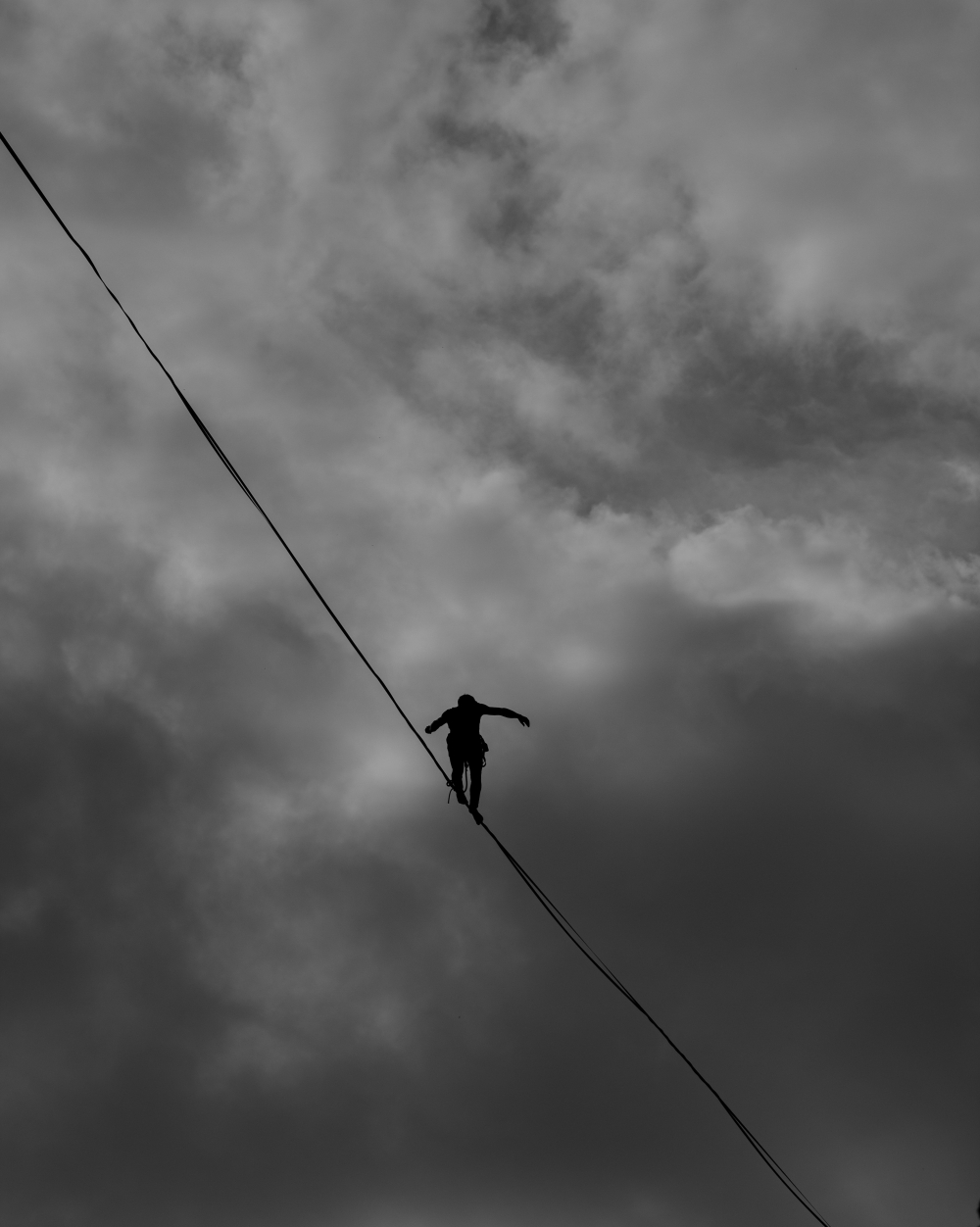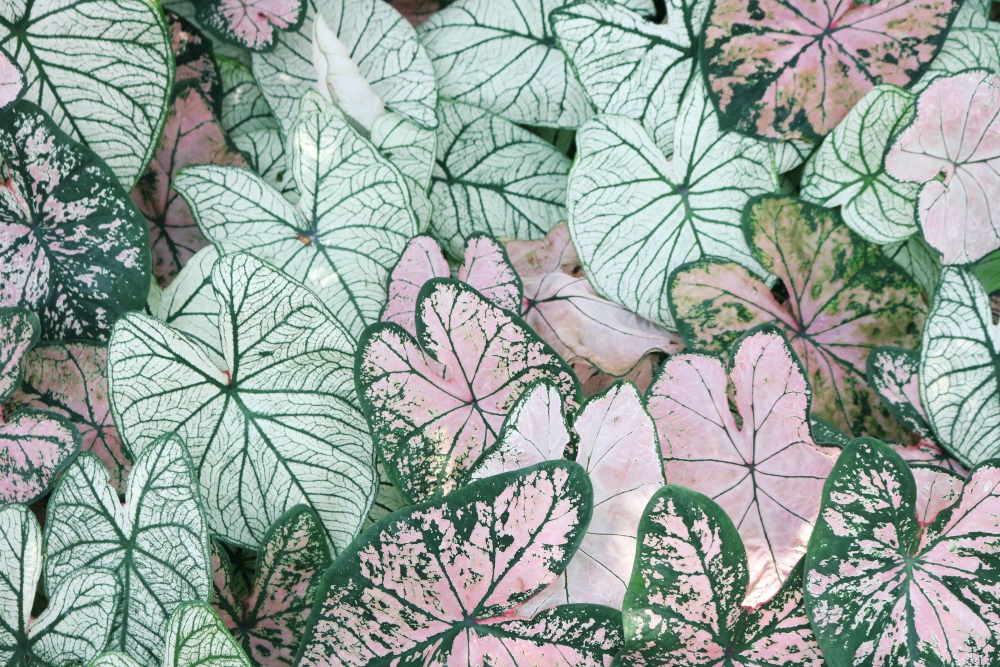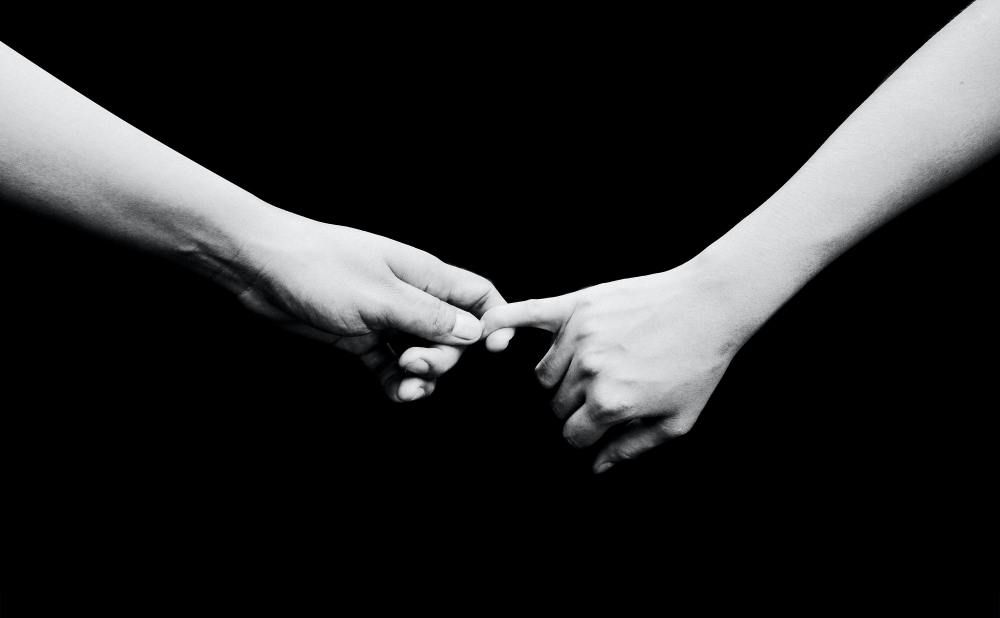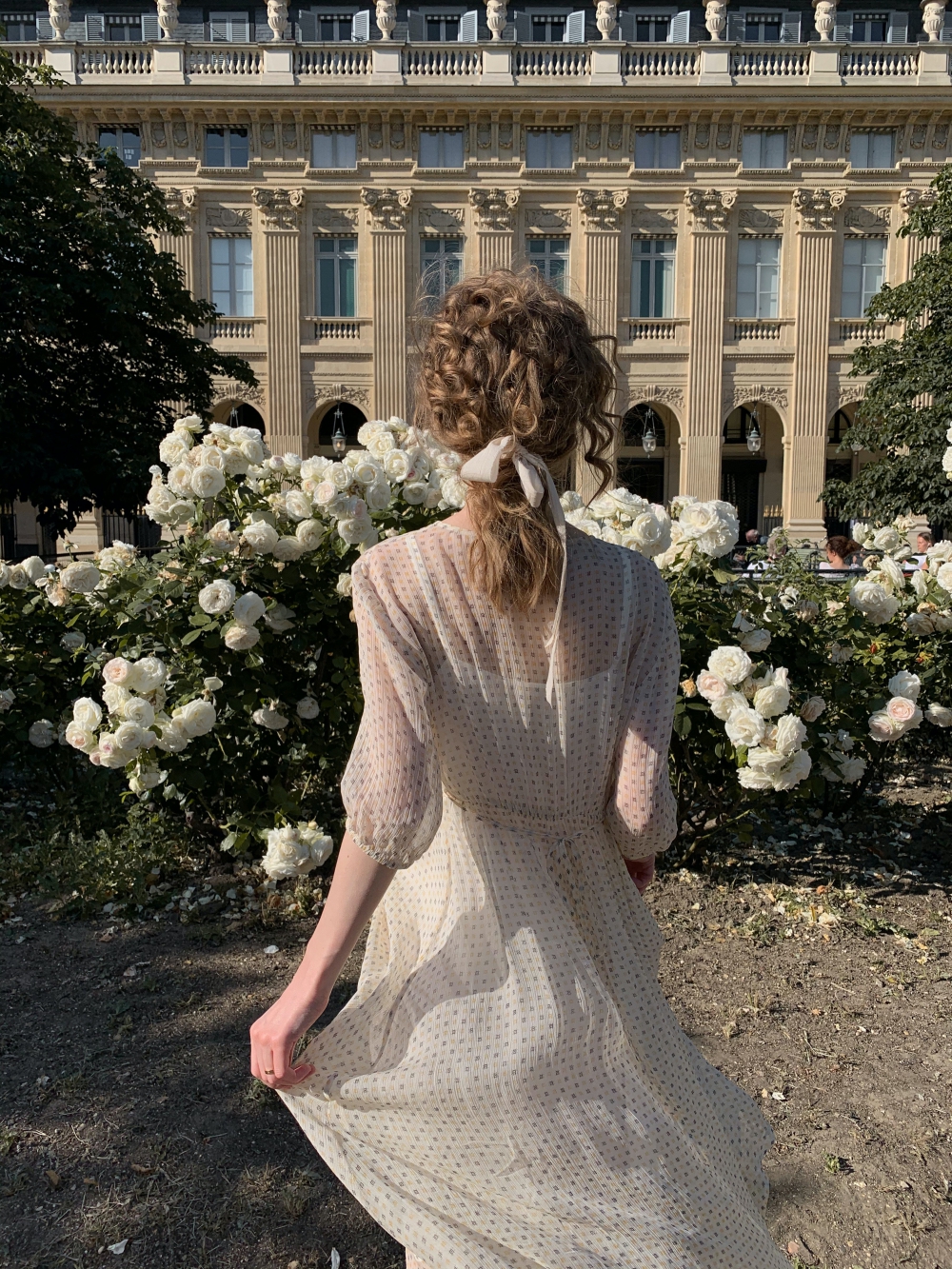As a photographer, it’s essential to be familiar with the principles of art and design. After all, these are the foundation of creating visually pleasing images. Understanding and utilizing these principles can take your photography to the next level. In this blog post, we’ll be exploring the various principles of art and design. Then, we’ll discuss how you can use them to improve your compositions and create eye-catching photos.
So, whether you’re a seasoned pro or starting out, this post offers some valuable insights. So let’s get started!
What are the 7 principles of art and design?
The seven principles of art and design are balance, rhythm, pattern, emphasis, contrast, unity, and movement. These principles can be applied to any work of art, whether it’s a painting, a sculpture, a photograph, a poster, or even a simple still life.By understanding and utilizing these principles, artists can create more visually appealing and influential works of art.
As a photographer, applying these principles will impact your final image more than the type of camera you use!
1. Balance
Balance is perhaps the most critical principle of all. It refers to the distribution of elements within a piece of art. The viewer will perceive the work as stable and harmonious if the elements are evenly balanced.
On the other hand, if the balance is off, the piece will appear chaotic and may be visually unsettling.
There are three types of balance: symmetry, asymmetry, and radial balance symmetry.
Symmetrical balance is when the elements on one side of the composition mirror those on the other side.
Asymmetrical balance is when the elements are opposites – light and dark, smooth and rough, and the like.
Radial balance is when the elements radiate out from a central point, giving a circular effect.
It’s important to remember that balance is subjective and really based more on “feel” than being an exact science.
Photo by Marcelo Moreira from Pexels
Note how the photo itself is balanced – the tightrope cuts the photo almost in half, and the clouds on the bottom are dark while the clouds at the top are light.
2. Rhythm
Rhythm is another important principle. It relates to the flow of a piece of art and how the eye moves through it. Pieces with strong rhythms are often more dynamic and exciting to look at than those without. Rhythm can be achieved through repetition, alternation, or progression.
When we think about rhythm in music, we often think about the beat – the regular, recurring pulses that we clap along to. But rhythm is about more than just the beat; it’s also about the spaces between the notes.
Just as musical composition entices the listener to move through the song, so too does composition in photography guide the viewer’s eye through the frame.
In both cases, an understanding of rhythm is essential for creating a cohesive and engaging work of art.
Photo by Aleksey Kuprikov from Pexels
Note how the size of the stones getting smaller creates a feeling of rhythm.
3. Pattern
Pattern is another way to create visual interest and rhythm in a work of art. Repeating patterns can be very calming and soothing, while more complex patterns may be intriguing and captivating. Either way, patterns can help to tie a piece of art together and make it more cohesive.
Humans are trained to catch patterns. We try to look for patterns in chaos, and we also look for visual patterns wherever they are. Patterns are easily found in flowers, fruits, and architecture.
Photo by Madison Inouye from Pexels
See how the leaves themselves have a unique pattern, and all the leaves together create a second pattern
4. Emphasis
Emphasis is another key principle. It’s all about drawing attention to certain elements within a piece of art. This can be done through placement, color, size, or any number of other means.
Emphasizing certain elements can help to create a focal point within a piece and make it more impactful overall.
Photographs with a lot of bokeh are great examples of utilizing the principle of emphasis.
Photo by Michael Judkins from Pexels
Notice how the arch immediately draws your attention to the center of the picture
5. Contrast
Contrast is another tool that artists use to create visual interest. It’s all about making different elements stand out against each other. High contrast between light and dark colors can be very striking, for example.
Contrast can also be used to create harmony by pairing similar elements together.
Contrast is not the same as asymmetry, but they are similar. When utilizing contrast, you can show a difference between any two opposing elements. For example, a small bug sitting on a massive table can be a good example of contrast.
You can also contrast multiple objects in a single frame.
Photo by NEOSiAM 2021 from Pexels
The lighter color of the hands is a stark contrast against the dark background.
6. Unity
Unity is perhaps one the most important principles of all. It’s what ties a piece of art together and makes it feel complete. Achieving unity in a work of art often comes down to using some or all of the other principles in concert with each other.
By carefully considering all of these factors, artists can create truly unified works of art that are both visually appealing and emotionally resonant.
Photo by Eugenia Remark from Pexels
See how all the elements in this photograph tie together: the white dress, the white roses, and the white building. If you look closely, you’ll see that the building itself has a floral design, and the woman’s hair also resembles a flower.
7. Movement
The principle of movement is one of the basic principles of design. It refers to the use of lines and shapes to create a sense of movement in a composition.
In photography, this principle can be used to add interest and drama to an image. By using leading lines and diagonal compositions, photographers can give the viewer a feeling of motion and energy.
By contrast, static compositions can feel calm and serene. The key is to experiment with different techniques and find the ones that best suit your style and vision.
With a little practice, you’ll be able to use the principle of movement to create dynamic and eye-catching photos.
Photo by Ron Lach from Pexels
Notice how the woman looking up gives the effect of movement
Conclusion
Applying principles of art and design to photography can create more compelling images that capture your viewer’s attention.
When you understand how to use balance, rhythm, pattern, emphasis, contrast, and unity in your photos, you can create a more cohesive and interesting photo story.
Use these techniques no matter where you’re shooting: whether it’s at home, on the street, at work, or in nature, they’ll always apply.
Don’t be afraid to experiment with these concepts and see what works best for your own unique style. How will you apply the principles of art and design to your next photography project?
More Related Articles and Sessions
We hope you have enjoyed this article and you have discovered some very useful techniques you can apply when you take your next photo. If you’d like to learn more about photography, please check the articles and sessions below.
The Professional Photography Process With Tamer Ghoneim
How to Add Creative Layers to Photography in Photoshop With Hazel Meredith
Bringing Your Photography To Life With Tamer Ghoneim
How to Master Applying Textures to Your Photography in Photoshop With Leslie Nicole











Be the first to comment